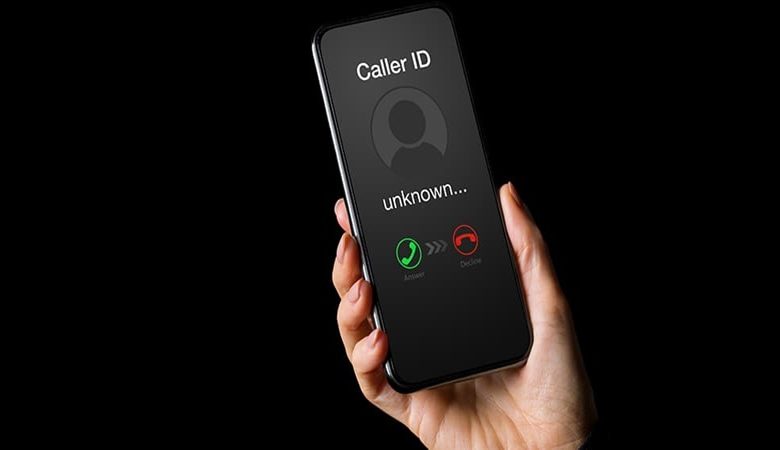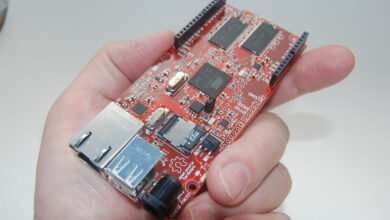What is Phone (Caller ID) Spoofing

The misrepresentation of info regarding an incoming call on the receiver’s caller ID screen is known as caller ID spoofing. Fraudsters will alter the caller ID to make it look like the call originates from a well-known or a local contact number, increasing the likelihood that it will be answered and trusted.
The fraudster may try to steal your personal information or money through social engineering techniques if you respond. These techniques can vary from requesting you to press a button on your cellphone to more serious demands like asking for your Social Security number. Fraudsters’ techniques might be so sophisticated or deceptive that people do not doubt their authority or authenticity.
Given the increased popularity of telemarketers, robocalls and fraudsters seem to be getting stronger at spoofing. People must therefore learn to identify and avoid self-spoofing caller ID. That could be the most secure method of securing your phone and data.
Report Caller ID Spoofing
Some spoofing was deemed illegal by the Truth in Caller ID Act of 2009. On the other hand, spoofing is not criminal if no damage is planned or done. The culprits must have engaged “with the purpose to deceive, cause damage, or unjustly obtain something of value,” as per Congress.
Although spoofing can be annoying or even disturbing to your daily routine, it is not unlawful unless done with bad intentions or results in your suffering. Some spoofing is even legal. The sharing economy is one example of legal caller ID spoofing. Organizations like Rover and Lyft mask calls to secure the personal data of their customers and employees.
Spoofing can also happen to companies. In one hour in 2018, a corporation in West Springfield, MA, got approximately 300 scam calls. The spoofing attempt harmed the corporation due to a lack of personnel to manage all of the calls.
Anyone in the US who thinks they have been a target of caller ID spoofing can submit a complaint with the Federal Communications Commission’s Consumer Complaint Center. The FCC can punish you up to $10,000 for each infraction.
Discover How to Detect Caller ID Spoofing
You’ll be better off understanding how to spot spoofing frauds for yourself so you can prevent them. To assist you, consider the following suggestions:
Be wary of generic welcomes, like those that begin with “Dear customer” rather than your actual name.
Do not answer unknown numbers since scammers frequently use these numbers.
Listen to the caller’s voice style and avoid providing details to someone who looks forceful or demanding. Fraudsters use this technique to make things seem critical, influencing the human agency to respond.
Be skeptical of a caller’s justification for requesting your confidential info. Hang up instantly if the caller claims they require it for events you have never heard of before.
Do not talk on your cell phone for too long. If you have any doubts about the genuineness of the caller, follow your intuition. Hang up right away.
If you are the target of a spoofing attempt, you should call a government entity that can investigate the occurrence and enforce fraud charges and sanctions.
Don’t Waste Your Time Tracking Down Spoofers.
While your cellular carrier can occasionally track down spoofers, it is usually a time-consuming procedure. It may require significantly more time and effort to track down spoofers independently. There is no certainty that the technique will produce correct findings in either case.
People try to track down spoofers in various techniques, including conducting a simple online search on the contact number, phoning the number trying to call you, and calling the actual number of the organization the caller claims. Since you don’t want to divulge sensitive data by accident, these methods should be handled with care.
You might be able to cross-reference the numbers the caller is utilizing and who the number relates to by conducting a simple internet search. This web surfing may occasionally indicate additional people who have gotten a suspicious phone call from the same number. The better the fraudster, though, the more probable they are to utilize different phone numbers once the public becomes aware of a particular one.
Another approach to telling if the caller is legitimate is to dial the number from a different cellphone while you’re on the phone with them. They might not be a fraudster if the line is busy. Suppose a caller claims to be from a specific organization. Check up that company’s actual contact number. It can do using an internet search, a phone directory, or a report if you have an account with the organization.
Keep Your Personal Information Safe.
Fraudsters use a variety of techniques to determine your susceptibility. Fraudsters would like to understand how open you are to sharing personal details so they can approach the correct individuals. Each of the following suggestions will assist you in protecting your details and avoiding being a victim of caller ID spoofing:
Do not receive calls from numbers you don’t recognize. If you do, put the phone down right away.
Do not press any of the buttons. If the caller requests it, hang up right away.
Do not respond to any inquiries, particularly those about your private information.
Don’t give out sensitive details like your credit card numbers, passwords, maiden name, or Social Security number.
Please don’t believe them when they say they’re who they claim to be. If you get a call from a government agency or corporation, disconnect and call the firm or agency’s contact number listed on their website. It will aid in the identification of the caller.
Please do not put your confidence in a caller until you’re sure they’re who they claim to be.
Do not be frightened. Social engineers will interpret it as a weakness, and they will try further to persuade you to give confidential info.
Read More: Reasons for Selecting a Proper Cell Phone Repair Store in Houston


